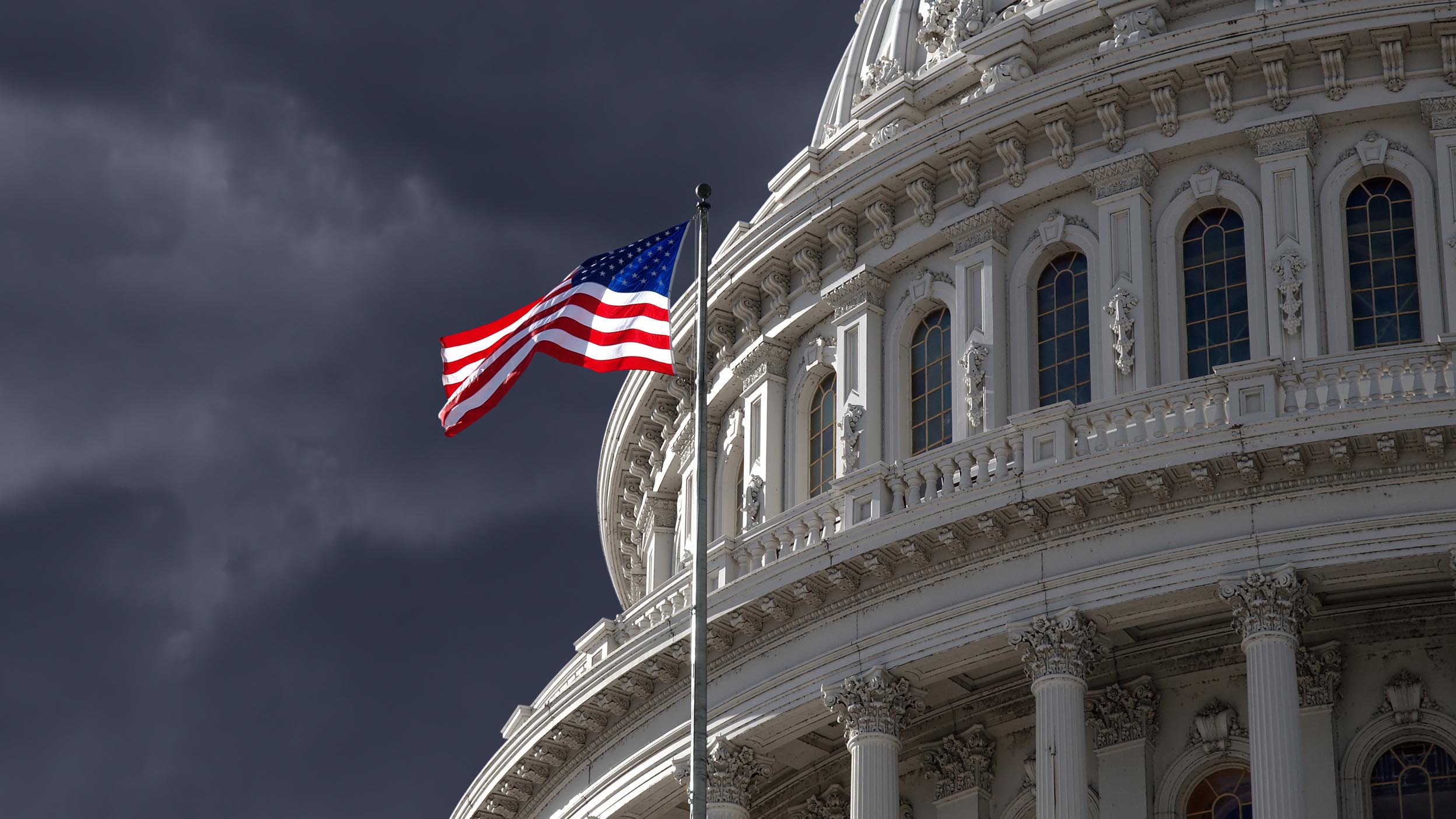
Markets and Economy Above the Noise: Rethinking 2025 narratives
In 2025, clear storylines on the Federal Reserve, AI stocks, and rates captivated us. But the numbers don’t always match the narratives.

The national debt is the total amount of money the US government owes its creditors — the sum of annual deficits.
The government borrows money to pay for programs, purchases, and existing obligations it can’t support with taxes.
The government borrows money from the public and itself by selling securities such as Treasury bills and Treasury bonds.
The United States has run a national debt for the majority of its existence. Most of the debt accumulated over the last four decades. As of May 2025, the country’s total debt has exceeded $36 trillion,1 more than seven times 1984’s debt. What is the national debt, and how does it differ from a budget deficit? Who does the federal government borrow money from? Where does the debt ceiling fit in? Let’s explore these and other questions.
The national debt refers to the total amount of money that the US government owes its creditors. The federal government takes in revenue through taxes and spends it on Social Security, national defense, Medicare, and various other expenses to keep the country running. When expenses exceed revenue, the shortfall gets added to the debt total.
The national debt can be divided into two categories: public debt and intragovernmental debt.
A budget deficit is the difference between what the federal government spends and collects in a given fiscal year. The size of a budget deficit can vary from year to year based on government spending policies, tax rates, and economic conditions.
The government borrows money to finance the shortfall, and whatever is borrowed gets added to the total debt going forward.
The federal government borrows money from the public and itself through marketable and non-marketable securities.
The government borrows money by issuing securities that individuals and organizations buy, and it uses that money to pay bills and fund federal programs. At some future date, it pays back the loan with interest. “Backed by the full faith and credit of the United States government,” Treasury securities are seen as among the safest and most liquid assets in the world. They mature at various times, and the interest income is exempt from state and local taxes. Most of these securities can be bought and sold on financial markets.5
Often referred to as T-bills, these are short-term debt securities issued by the US government. Treasury bills are sold at a discount to their face value and mature in one year or less, at which point the holder is paid the face value.
These are intermediate-term debt securities issued by the US government with maturity periods ranging from 2 to 10 years. Treasury notes pay interest semi-annually to the note holder and deliver the face value of the note upon maturity.
These are long-term debt securities issued by the US government with a maturity period of more than 10 years, typically 20 or 30 years. Treasury bonds pay semi-annual interest to the bondholder and return the bond’s face value at maturity.
Known as TIPS for short, these are a type of marketable Treasury bond that serve as an inflation hedge. The principal adjusts with the Consumer Price Index — a common measure of inflation — while the interest rate, paid semi-annually, stays fixed. TIPS are issued with maturities of 5, 10, and 30 years, after which investors receive either the adjusted principal or the original principal, whichever is greater.
Unlike other types of bonds, savings bonds can’t be bought or sold in secondary markets. This long-term investment can be purchased in various denominations and earn interest for up to 30 years.
The debt ceiling is a legislative limit set by Congress on how much national debt the Treasury can borrow. When reached, the Treasury can't issue any more Treasury bills, bonds, or notes. It can only pay bills through tax revenues, a drawdown of cash balances, and the use of other “extraordinary measures.”
Federal spending often exceeds tax revenues, so reaching the debt ceiling could eventually lead the government to default on its obligations. This scenario could have serious economic consequences. Congress has historically chosen to raise the debt ceiling, which doesn't authorize new spending, but rather lets the government pay for expenditures Congress has already approved.

In 2025, clear storylines on the Federal Reserve, AI stocks, and rates captivated us. But the numbers don’t always match the narratives.

For investors looking to diversify their mega-cap technology exposure, improving growth and falling interest rates may be good reasons.

A rate cut, which markets are pricing in despite Fed member differences, and an expected improving economy in 2026, could support stocks.
Important Information
NA4518329
Image: trekandshoot / Getty
The Consumer Price Index (CPI) measures change in consumer prices as determined by the US Bureau of Labor Statistics. Core CPI excludes food and energy prices while headline CPI includes them.
Fixed income investments are subject to credit risk of the issuer and the effects of changing interest rates. Interest rate risk refers to the risk that bond prices generally fall as interest rates rise and vice versa. An issuer may be unable to meet interest and/or principal payments, thereby causing its instruments to decrease in value and lowering the issuer’s credit rating.
The opinions referenced above are those of the author as of May 30, 2025. These comments should not be construed as recommendations but as an illustration of broader themes. Forward-looking statements are not guarantees of future results. They involve risks, uncertainties, and assumptions; there can be no assurance that actual results will not differ materially from expectations.
This link takes you to a site not affiliated with Invesco. The site is for informational purposes only. Invesco does not guarantee nor take any responsibility for any of the content.